Debunking Bare Root Fruit Tree Myths
The best thing about having a home orchard is eating fruit right off the tree. Planting your trees bare root is a common practice and is often more economical than buying potted trees. There are some common myths about selecting and planting bare root fruit trees… but don’t fall for these fruit tree myths when you plant! Tricia debunks some common myths in our video, Bare Root Fruit Tree Myths.
Myth 1: When planting fruit trees, all trees need to have 2 of the same variety planted together
A flower will only become fruit if it is successfully pollenized by a compatible male flower. However, planting two of the same kind of tree won’t help this happen. Some trees are “self-fruitful,” meaning that they do not require another fruit tree to set fruit. These trees contain both male and female flowers, which will pollenize each other to make fruit. Self-fruitful trees include figs, nectarines, and pomegranates. There are also “self-fruitful” trees that will have an improved fruit set if planted with another variety of tree to pollenize it.
For example olives, and some types of apples and pears, will fruit if grown by themselves, but will fruit even more if grown with other varieties in the same category (olives with olives, apples with other apples and so on). There are also many trees that DO require a pollenizer tree. However, the pollenizer needs to be a specific and a different variety than the one being pollenized.  For example, when you plant a Minnie Royal cherry, you will also need to plant a Royal Lee cherry… but planting a Bing instead, or planting a second Minnie Royal, will not help at all! You can find out what pollenizer each of your fruit trees needs by visiting our website.
For example, when you plant a Minnie Royal cherry, you will also need to plant a Royal Lee cherry… but planting a Bing instead, or planting a second Minnie Royal, will not help at all! You can find out what pollenizer each of your fruit trees needs by visiting our website.
If a pollenizer is needed, the varieties will be listed. And don’t worry about mixing trees when it comes to the fruit you’re harvesting – when trees pollenize each other, the fruit is still the same as the original mother variety, NOT a hybrid. So go right ahead and plant a Gala apple with a Golden Delicious!
Myth 2: Fill your planting holes with fertilizer and compost
So you’ve bought a bare root tree (or perhaps two, for pollenizing), and you want to give it the best growing conditions possible. That means lots of rich soil amendments and a good dose of nitrogen, right? Wrong! As counter-intuitive as it may seem, you should NOT fill up the planting hole with fertilizer and compost. Unlike a veggie garden that would thrive in specially prepared soil, a tree needs to be grown in your native soil.
The tree’s roots will grow bigger than the planting hole within a year. At that time, they need to be adapted to the native soil conditions by having grown in them since planting. Also, if the planting hole is richer than the surrounding soil, the roots might just circle back instead of spreading out. This would result in an unstable root system, and possibly root girdling and death. Applying fertilizer to a newly planted tree can also cause problems. Most fertilizers are too powerful for sensitive tree roots. Too much nitrogen can burn root tips. Over fertilizing also results in rapid weak growth, which can lead to unwanted water sprouts in the spring and broken branches in future years.
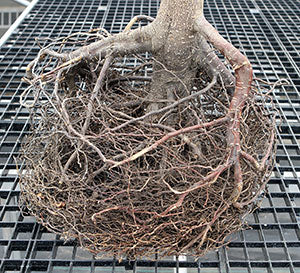 If you want to improve your soil at planting, you can safely add PrimeStart Booster Blend to the planting hole. This low nitrogen fertilizer is specially balanced for bare root trees. Another good solution to fertilizing fruit trees is to plant a cover crop such as our Legume Oat Mix, which is perfect for orchards. This will increase organic matter and nitrogen to improve the soil over the course of the season.
If you want to improve your soil at planting, you can safely add PrimeStart Booster Blend to the planting hole. This low nitrogen fertilizer is specially balanced for bare root trees. Another good solution to fertilizing fruit trees is to plant a cover crop such as our Legume Oat Mix, which is perfect for orchards. This will increase organic matter and nitrogen to improve the soil over the course of the season.
Myth 3: Newly planted trees always need to be staked
In most situations, you should not stake your fruit trees when planting. An unstaked tree will grow stronger than a staked tree, as it adapts to swaying in the wind. This natural movement makes a sturdier trunk that is less apt to suffer damage from storms or other stressors later in life. Sometimes a stake is helpful, however. It is appropriate to stake a tree that would otherwise tip over while it establishes a sturdy root system; but be sure to remove the stake after a year or two. Stakes are also useful in providing a physical barrier to lawnmowers and in urban settings to protect the trunk. Should you decide to stake your tree, always use straps designed to prevent bark damage and remove them as soon as the tree no longer needs them to prevent girdling.
Myth 4: Seal pruned branches to protect them from disease and insects

Pruning your tree can be scary, leaving you wondering if you’ve hurt it. It’s only natural to want to put a band-aid on any cuts you make, but in reality this won’t actually help your tree. Trees do not heal like our bodies do; instead they seal off damaged wood, and grow new healthy wood around the damage. The damage itself is never repaired; it is simply separated by a physical barrier of cells to keep any infection from spreading to the rest of the tree.
Because trees heal from the inside, and not by forming a scab like we do, the tree does not benefit from having a seal put over any cuts made to its branches. In fact, sealing cuts can do more harm than good by impairing healthy air circulation to the cut, and by trapping inside the cut any bacteria, fungus or other potentially disease causing organisms that were living on the bark. Since small branches heal easiest, it is best whenever possible, to make pruning cuts that are less than 2 inches diameter. You can help your tree to heal as best possible by fertilizing properly, providing adequate water, aerating the soil if it is compacted, and treating any diseases and pests as needed. By keeping your tree in good overall health and reducing stress, you can make pruning cuts worry free.
So plant yourself a bare root fruit tree or two, and grow organic for life

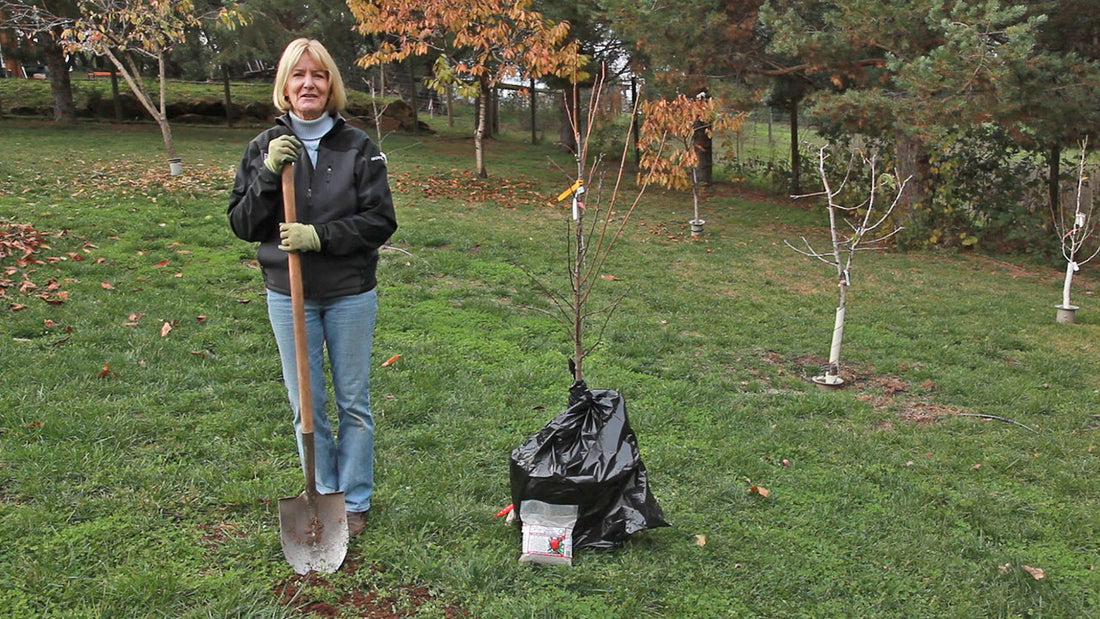
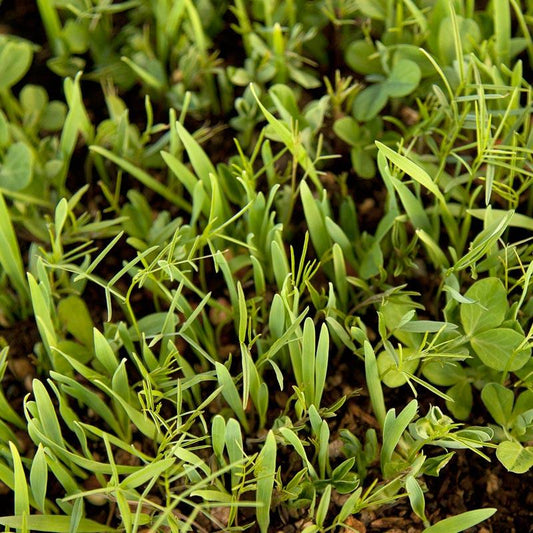
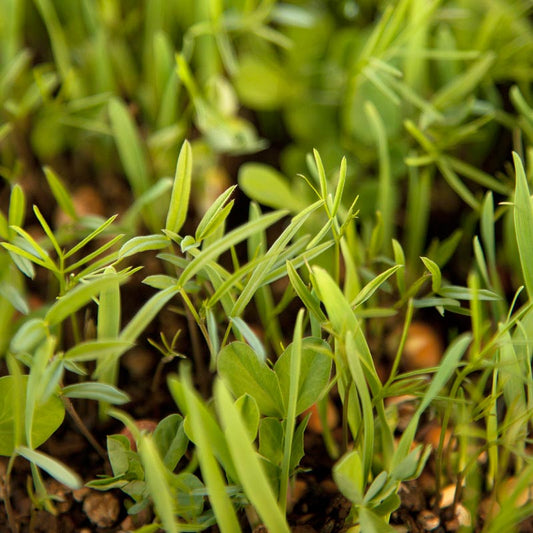
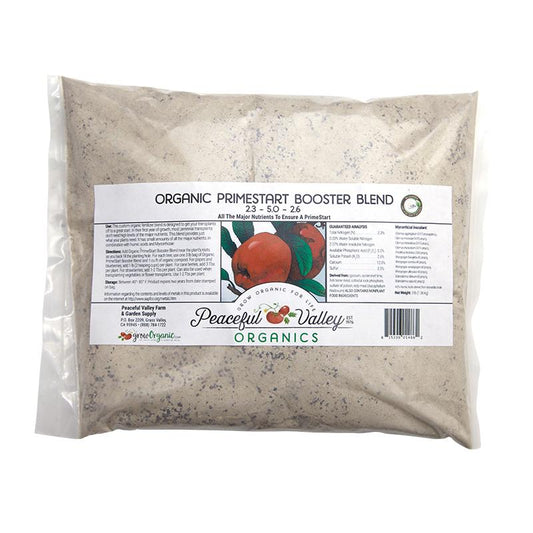
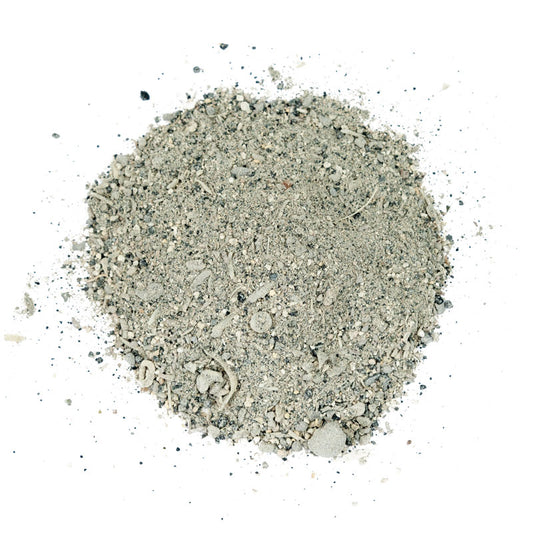
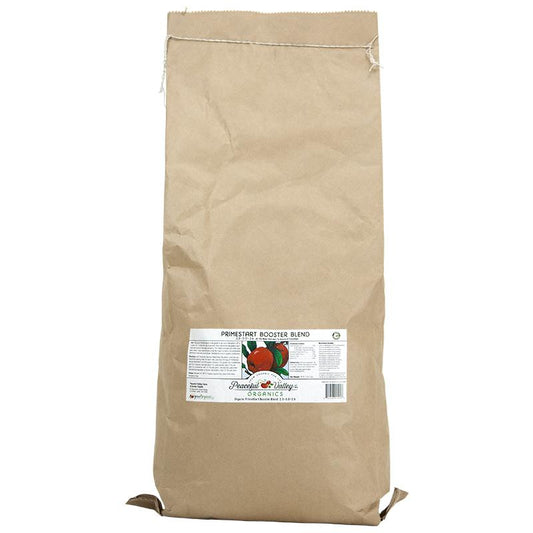
4 comments
Forrest, Thank you so much for the comments. Glad to hear you enjoy our website. And thanks so much for sharing!
Thank You Tricia. I am sharing this to my friends on Facebook. Lots of them are Master Gardeners out of University of Arizona CALS. Many others are involved in the local Farmers Market. And soon “Food Hub”.
I enjoy the Peaceful Valley Site ands the information you share. Hopefully by sharing I’ll be able to steer some folks towards your website and purchasing.
Thank You. Always Frosty.
Tom, Wonderful that you got trees from us. We have healthy beefy bare root trees and glad that they worked out for you. Nothing like going out to the orchard and picking your own fruit!
Great information, and even better, I received some of your amazingly healthy, well-rooted bareroot trees this week. Really handsome specimens ready to be planted. Thanks for providing quality trees at affordable prices.